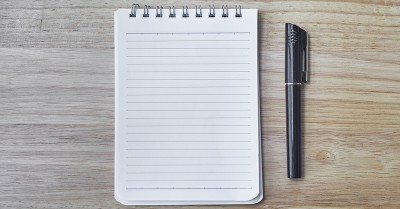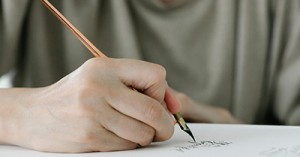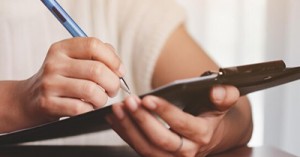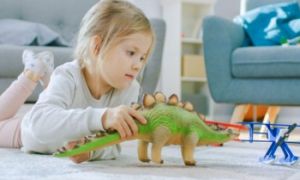Jottings are a quick and easy way to record significant events and behaviours. They provide a picture of a child's interest or their development.
It is usually short details of significant events, behaviours or conversations. It can be a couple of sentences to no longer than a paragraph at most.
Jottings are similar to anecdotal records except that they are much briefer and often describe a specific behaviour rather than a sequence of events. They are usually recorded directly after the behaviour has been observed or later from memory and they can form the basis for a more detailed anecdotal record if required.
Jottings can be written in a diary, note pad, log book or even post it notes and transferred to individual folders later.
How To Write A Jotting
Below is one example of a set of jottings with interpretation:
12.7.09: Rebecca (11 months) lies in her cot after waking up. P bends over her but she does not smile. H, her regular caregiver, comes over and Rebecca immediately starts to smile.
13.7.09: Rebecca is sitting on the mat playing with nesting cups. Toni (12 m) crawls to the rug and tries to take a cup from Rebecca’s hand. She squeals, holds on tight to the cup, looking around the room at the adults.
16.7.09: Rebecca enters the nursery with her mother. She hides her head in her mother’s shoulder and holds tightly to her shoulder. H comes over to her mother smiling. The two women talk in a friendly manner for two or three minutes. H then says 'time for Mummy to go', holds out her arms for Rebecca, who leans over and reaches out for H, smiling in return.
Comment/Interpretation:
The observer usually writes a short comment or interpretation to accompany a set of jottings.
Rebecca is experiencing separation anxiety and stranger anxiety which is typical for infants at this age. It shows her growing awareness of others and her ability to discriminate between familiar and unfamiliar people. She is also showing her attachment to her mother and her primary caregiver—H in these jottings.
Jottings can be written in a variety of formats and are most commonly used because they are efficient and easy to write and provide a quick overview of the child's development, interests and skills.
References:
Different Types Of Observation Methods, Aussie Childcare Network
Gather and Document Detailed Information About The Child Readings, TAFE NSW







 Here is the list of the EYLF Learning Outcomes that you can use as a guide or reference for your documentation and planning. The EYLF
Here is the list of the EYLF Learning Outcomes that you can use as a guide or reference for your documentation and planning. The EYLF The EYLF is a guide which consists of Principles, Practices and 5 main Learning Outcomes along with each of their sub outcomes, based on identity,
The EYLF is a guide which consists of Principles, Practices and 5 main Learning Outcomes along with each of their sub outcomes, based on identity, This is a guide on How to Write a Learning Story. It provides information on What Is A Learning Story, Writing A Learning Story, Sample
This is a guide on How to Write a Learning Story. It provides information on What Is A Learning Story, Writing A Learning Story, Sample One of the most important types of documentation methods that educators needs to be familiar with are “observations”. Observations are crucial for all early childhood
One of the most important types of documentation methods that educators needs to be familiar with are “observations”. Observations are crucial for all early childhood To support children achieve learning outcomes from the EYLF Framework, the following list gives educators examples of how to promote children's learning in each individual
To support children achieve learning outcomes from the EYLF Framework, the following list gives educators examples of how to promote children's learning in each individual Reflective practice is learning from everyday situations and issues and concerns that arise which form part of our daily routine while working in an early
Reflective practice is learning from everyday situations and issues and concerns that arise which form part of our daily routine while working in an early Within Australia, Programming and Planning is reflected and supported by the Early Years Learning Framework. Educators within early childhood settings, use the EYLF to guide
Within Australia, Programming and Planning is reflected and supported by the Early Years Learning Framework. Educators within early childhood settings, use the EYLF to guide When observing children, it's important that we use a range of different observation methods from running records, learning stories to photographs and work samples. Using
When observing children, it's important that we use a range of different observation methods from running records, learning stories to photographs and work samples. Using This is a guide for educators on what to observe under each sub learning outcome from the EYLF Framework, when a child is engaged in
This is a guide for educators on what to observe under each sub learning outcome from the EYLF Framework, when a child is engaged in The Early Years Learning Framework describes the curriculum as “all the interactions, experiences, activities, routines and events, planned and unplanned, that occur in an environment
The Early Years Learning Framework describes the curriculum as “all the interactions, experiences, activities, routines and events, planned and unplanned, that occur in an environment


